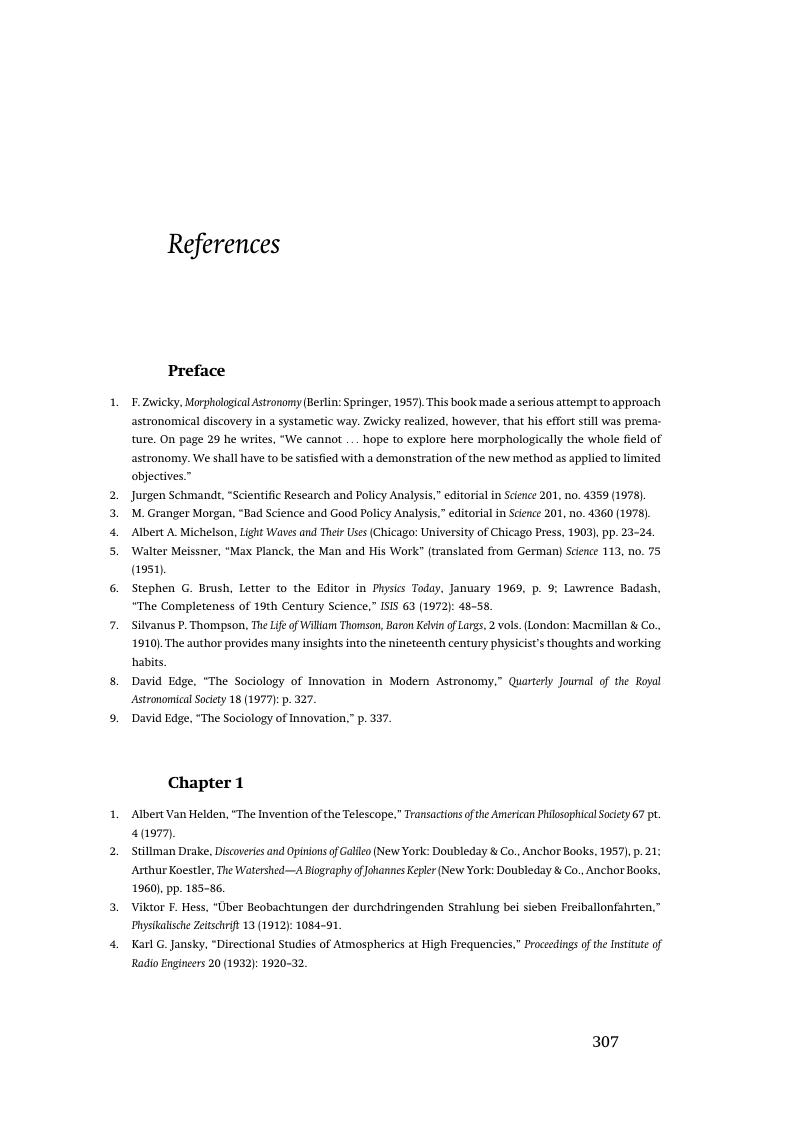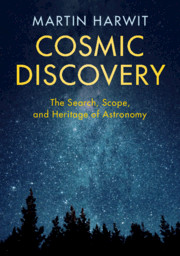Book contents
- Cosmic Discovery
- Cosmic Discovery
- Copyright page
- Contents
- About the Book
- Preface to the Revised Issue
- Preface to the 1981 Publication
- Permissions
- 1 The Search
- 2 Discoveries
- 3 Observation
- 4 Detection, Recognition, and Classification of Cosmic Phenomena
- 5 The Fringes of Legitimacy—The Need for Enlightened Planning
- Appendices
- References
- Glossary/Index
- References
References
Published online by Cambridge University Press: 01 March 2019
- Cosmic Discovery
- Cosmic Discovery
- Copyright page
- Contents
- About the Book
- Preface to the Revised Issue
- Preface to the 1981 Publication
- Permissions
- 1 The Search
- 2 Discoveries
- 3 Observation
- 4 Detection, Recognition, and Classification of Cosmic Phenomena
- 5 The Fringes of Legitimacy—The Need for Enlightened Planning
- Appendices
- References
- Glossary/Index
- References
Summary

- Type
- Chapter
- Information
- Cosmic DiscoveryThe Search, Scope, and Heritage of Astronomy, pp. 307 - 322Publisher: Cambridge University PressPrint publication year: 2019



